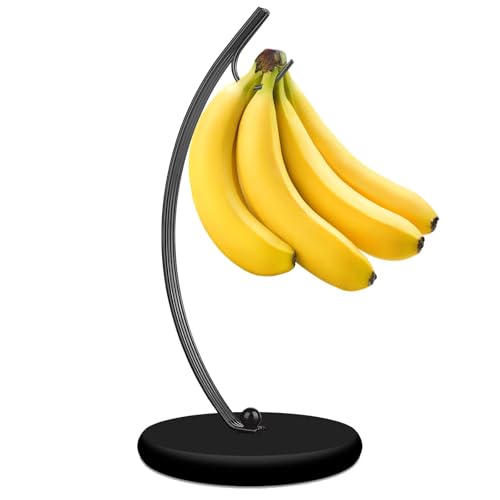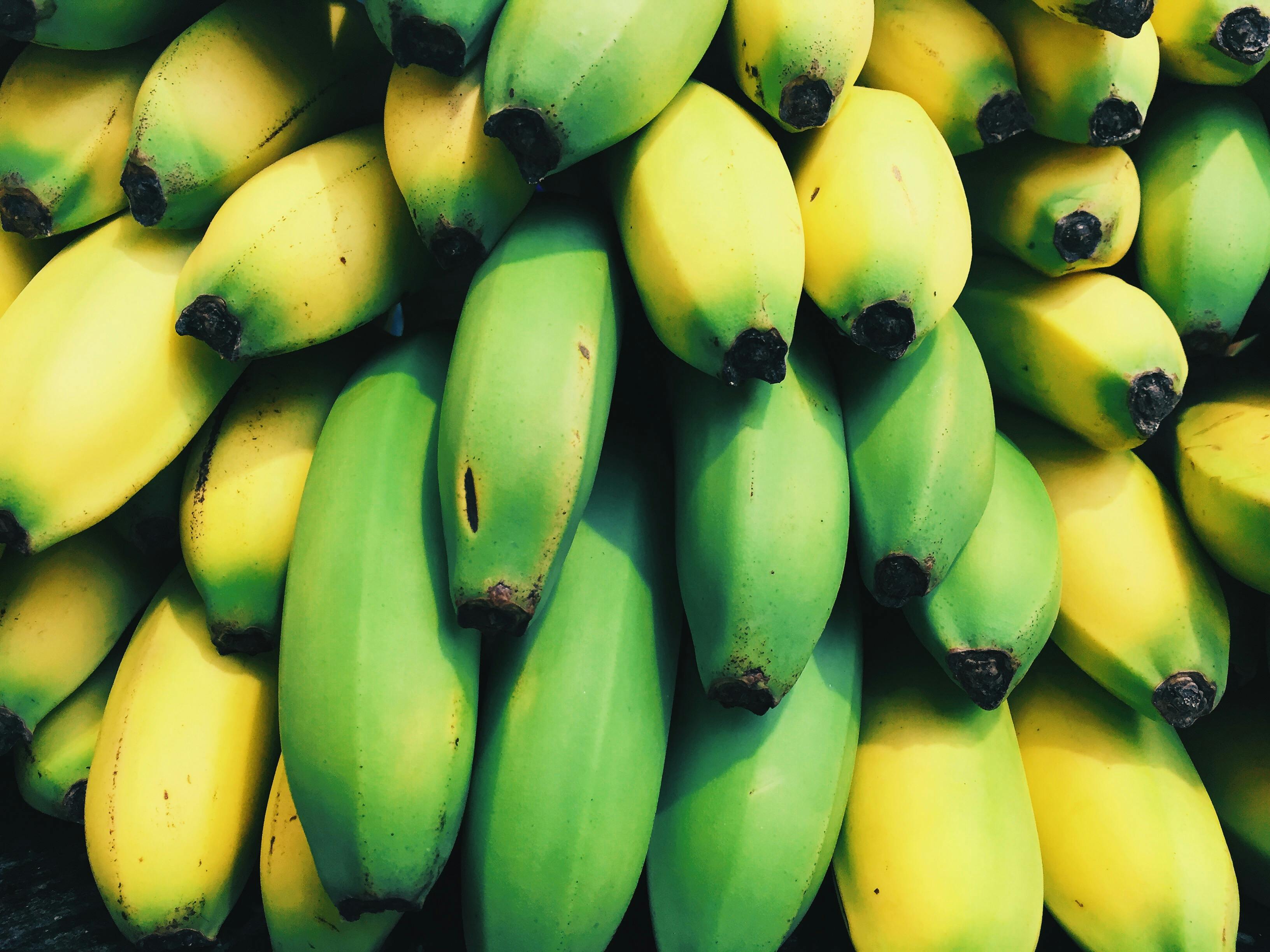It seems as though we get horrific news stories about mass extinction on a daily basis.
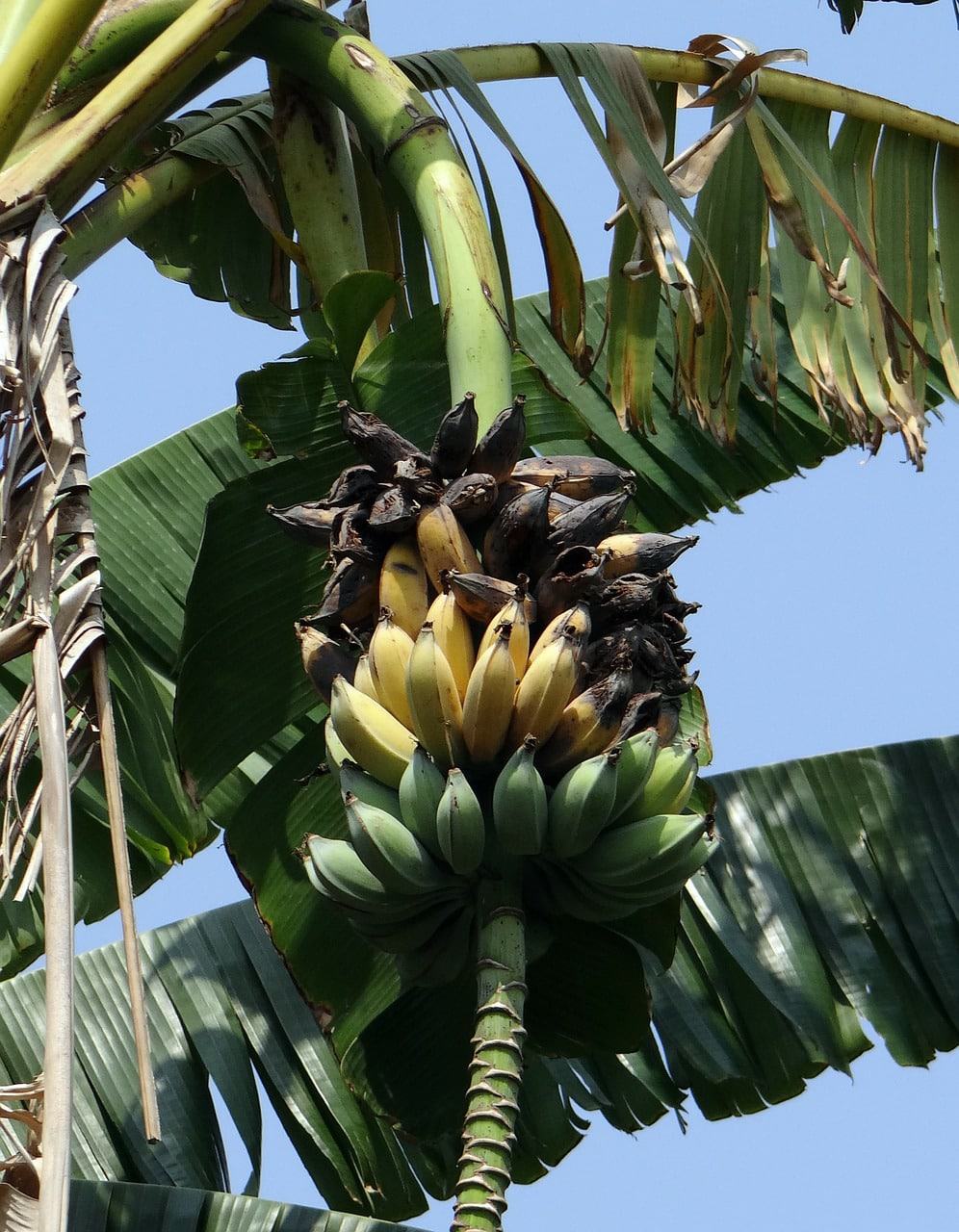
Koalas are now classed as functionally extinct, the last Sumatran Rhino in Malaysia just died and the world is burning.
In case you didn’t know, the planet is pretty messed up right now and we have a lot to answer for.
What some consumers don’t yet realize is that the risk of extinction goes beyond the animals, birds and pollinating insects.

There is also a risk to our fruit. Reports suggest that bananas may be about to go extinct too.
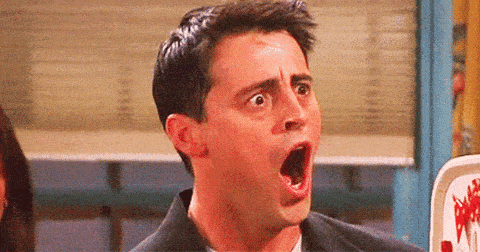
Are bananas doomed?
Right now, you may be reading this knowing full well that you saw lots of bananas in your local grocery store. There may be a bunch of them in your kitchen. Your toddler may even be eating one at this moment.
If they are so common, how can they possibly be going extinct? Wouldn’t we have seen mass shortages and campaigns to save the banana?
The truth is that while we aren’t seeing those mass shortages yet, that is a possibility.
As for campaigns to save the banana, they are a little more understated than those to save rhinos and elephants. But, that doesn’t mean that scientists and researchers aren’t concerned.
Why are bananas under threat?
Let’s look at some of the key issues here.
Where do we even get our bananas and why might they be under threat? There are probably plenty of climate change deniers out there that think.
“Bananas liking hot places + warmer planet = more bananas”.
Well, it isn’t quite as simple as that. Hotter climates bring different weather conditions. Tropical areas don’t just get warmer, they get wetter. This can encourage the spread of some diseases in plantations.

That isn’t the only risk with climate change, a change in weather patterns can affect rainfall, dry seasons and other environmental changes in the plantation. A decline in the quality of the soil can also prove to be devastating for banana crops.
Say hello to TR4
A big risk to the banana right now is the Black Sigatoka disease that is slowly spreading across the Caribbean and into Florida.
As this is a dangerous fungal epidemic, it needed a catchier name so you will see it more commonly referred to as TR4, making it sound more like a character from a Terminator reboot.
It has has a devastating effect on crops in Asia, where banana stocks have dwindled and now threatens plantations in Ecuador. If you weren’t aware, this is where the majority of our bananas come from.
We really have put all our eggs in one basket when it comes to our banana supply. This problem is something we can look at more below when talking about the history of this crop.
Once a banana plant gets this fungal disease it can pretty much say goodbye to the crop.

« How Are Bananas Grown and Harvested
Why Are Bananas Curved? What You Need to Know »
The faster this spreads, the less likely farmers are to get any crop to export at all. The fear is that this may become unstoppable and the future of the banana is now under threat.
Does this all sound familiar?
Now, there may be some of you reading this that think: “Hold up! Haven’t we heard all this before?”
This is true, this isn’t the first time that scientists have warned us about the possible extinction of the banana.
For example, there is a warning from 2015 where CNN reported the worrying news that TR4 had been found in Africa and the Middle East.
The story was very similar to those today with talks about threats to the bananas grown in Mozambique.
4 years on and we have this further spread into the west and mainland America. There were also stories long before that when the fungus was contained in Asia.
So yes, in this case, we had heard this before and probably should have paid a little more attention to it.
The situation may not be as dire as it initially seems. There is a chance that we can save the banana if we can deal with this virus and grow some form of immune stock.
With adaptions to banana growing, or perhaps another species of banana to use for cross-pollination, we might yet save the banana as we know it.
Another species of banana? So this means that there is more than one?
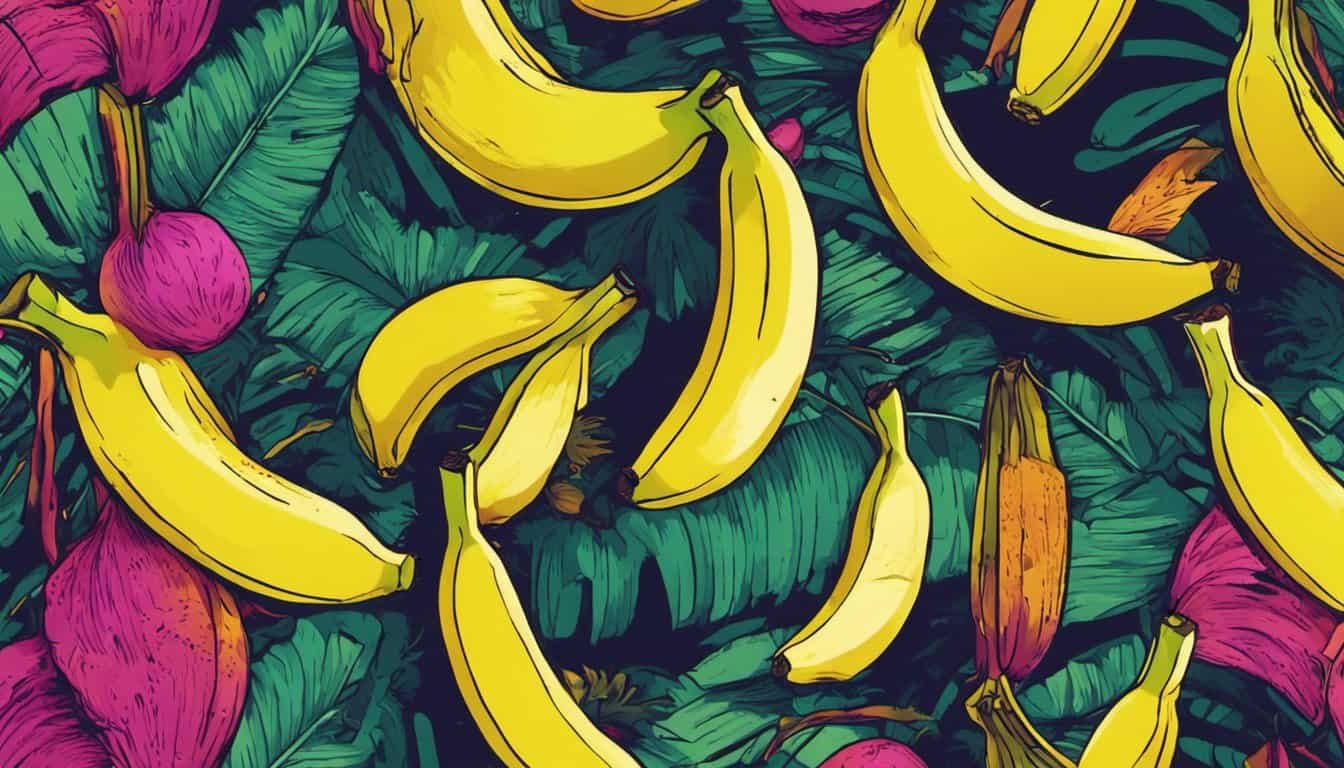
There are different species of banana, like there are different species of apple. The consumer market has latched onto what they believe is the one true banana and this drives the market towards the current favorite.
However, did you know that this isn’t the “original” banana? Let’s take a quick history lesson here.
When and why did old bananas go extinct?
The banana has been imported into the US for around a century now – and in high quantities. But, the Cavendish banana that we eat today has only been an import since the 1960s.
The original banana was the Gros Michel. It was prized for its large crops and tasty fruit and came into the country in vast quantities. But, the method of growing them for such high demand meant that the plant was vulnerable to disease.
Panama disease took over. Crops were devastated in the 1950s, leaving the plant unsustainable for the commercial market. The only reminder of that original banana is the weird artificial taste that we get in candies and other banana-flavored items.
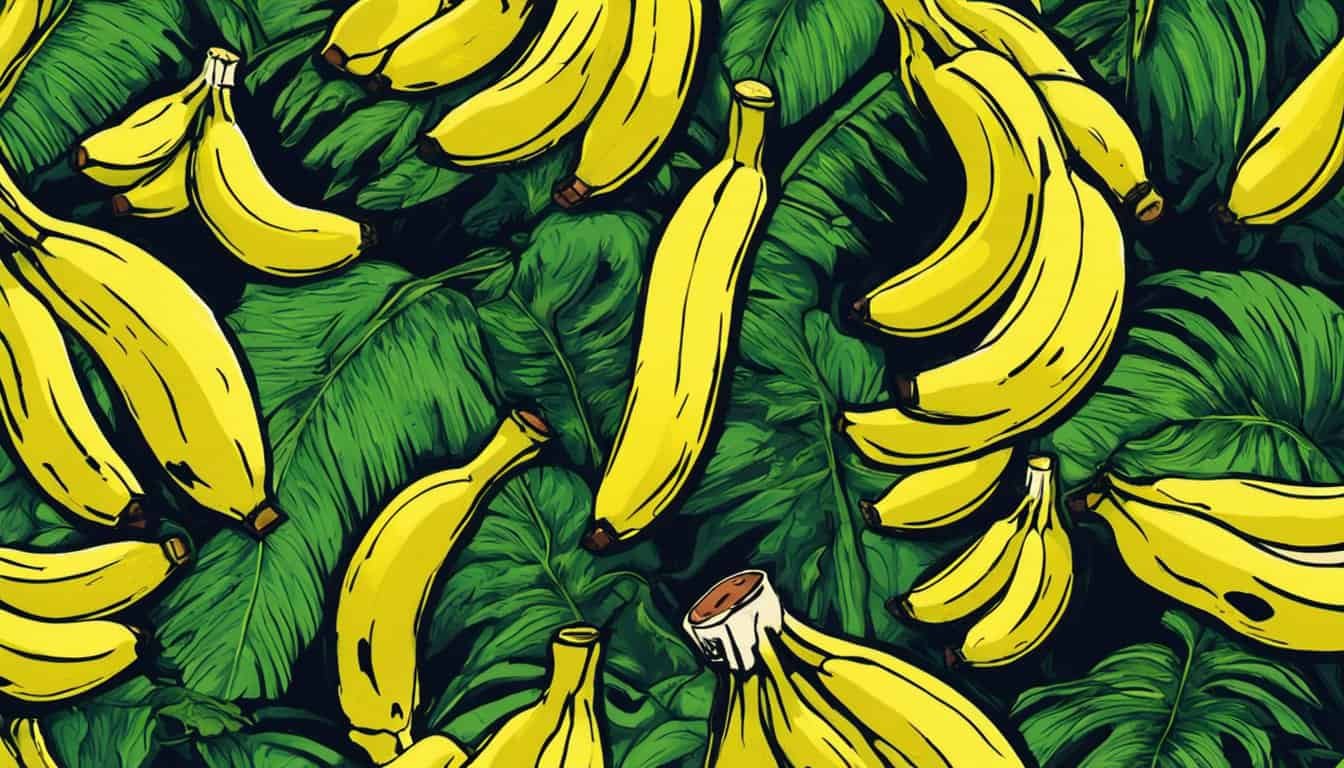
At the time, the Cavendish banana was the best suitor. It was easy to grow, tasted good – if a little different – and didn’t see to be susceptible to the same diseases as the Gros Michel. Sadly, this no longer the case and the Cavendish is under threat from the Panama disease too.
So is it time to continue the same cycle or try and save the Cavendish banana?
The history of the banana appears to be repeating itself. The popular species become nonviable and drop out of favor with a need for something better.
It really is our own fault. We create plants that conform to our needs as growers and consumers without thinking about the impact that these actions will have on the health and viability of the plant.
For example, we have developed the Cavendish banana so that it breeds asexually. It doesn’t need pollination between plants for the mingling of genetic material.
It goes it alone, like an amoeba, producing clones of itself every time. Clones aren’t a good idea when the host plant has any biological weaknesses.
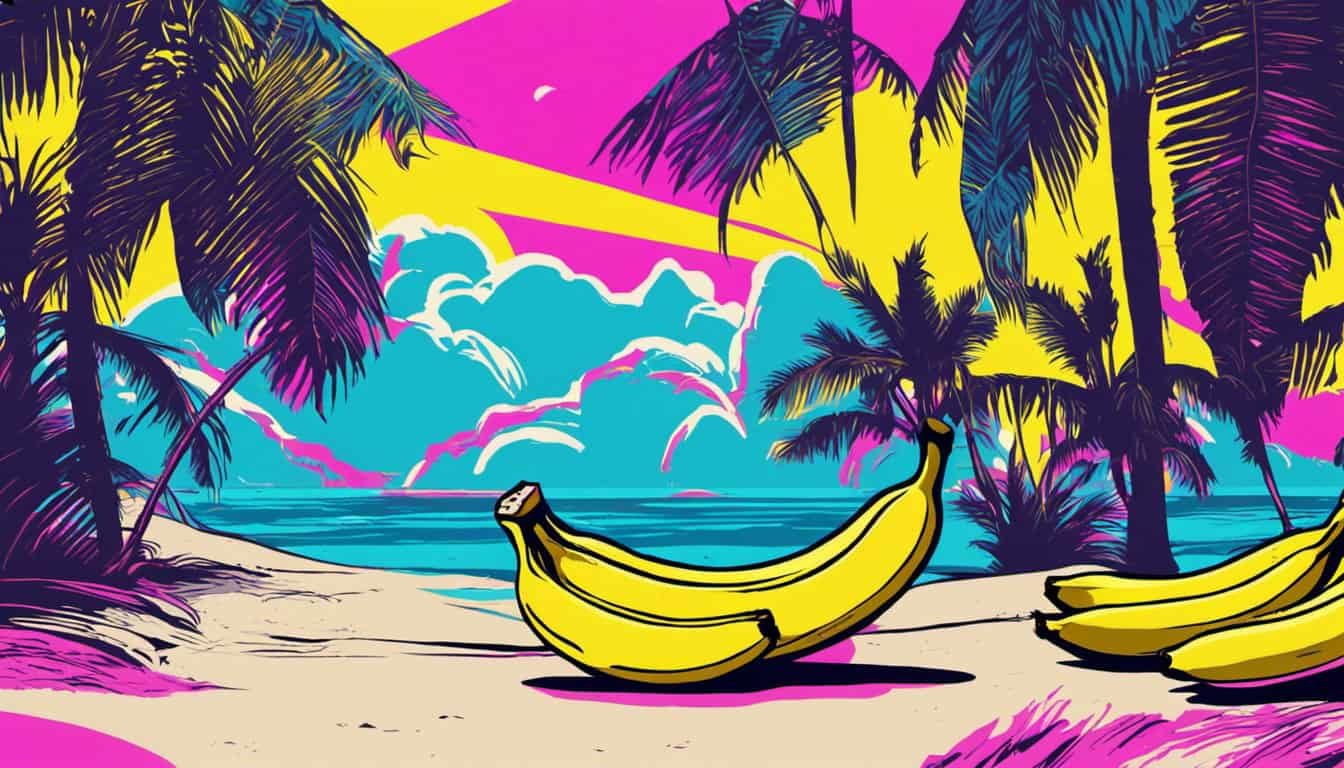
If the original plant is vulnerable to the Panama virus or any other disease then so is all of the offspring.
One possible solution here is to turn to GM crops.
Genetic modification is an option that wasn’t available to us in the 1950s during the first crisis.
While it remains controversial now, it might be the most viable option for saving the banana. This crop would be resistant to the disease and we could replenish banana stocks once again.
However, many consumers don’t like the idea of eating GM food. They want the real thing instead. This leads to the other option. Create a market where we have more than one type of banana.
In 2018, attention turned to Madagascar and its native form of banana.
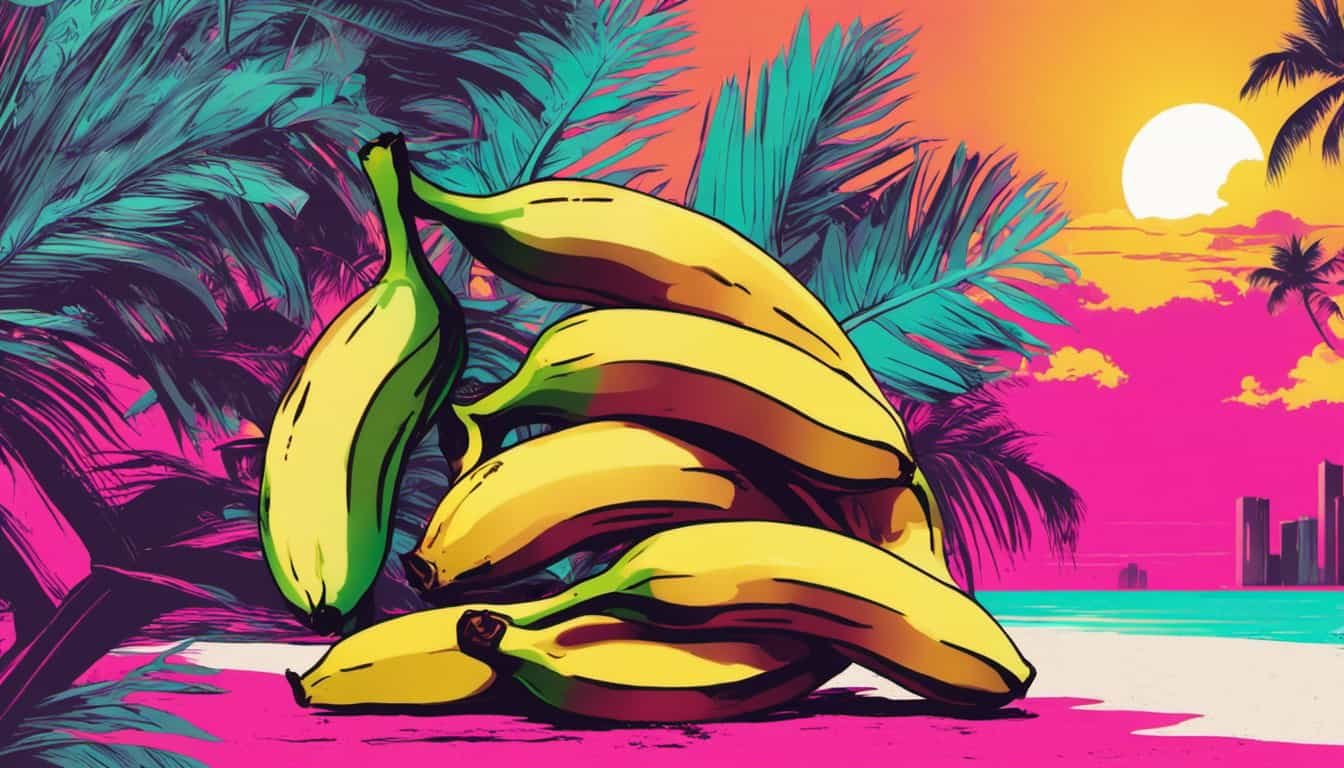
The upside here is that this banana species appears to be immune to the Panama disease. The downside is that the fruit isn’t edible. Therefore, we can take advantage of its genetics but not its flesh.
It is a starting point and could prove helpful when trying to create that perfect new banana with GM methods.
That is what a team at the infamous Kew Royal Botanic Gardens in London decided to look into. They planned to research the potential and the genetic make-up of the plant’s massive seeds.
Take the immunity gene from this banana, the best properties of the Cavendish and maybe anything else that we can add.
Critics might say that we are at risk of creating some kind of Frankenstein’s banana here with all these different parts. But, crossbreeding is common with our livestock so why not with the fruit and vegetables we grow?
If other bananas aren’t going extinct, why don’t we take advantage of that?
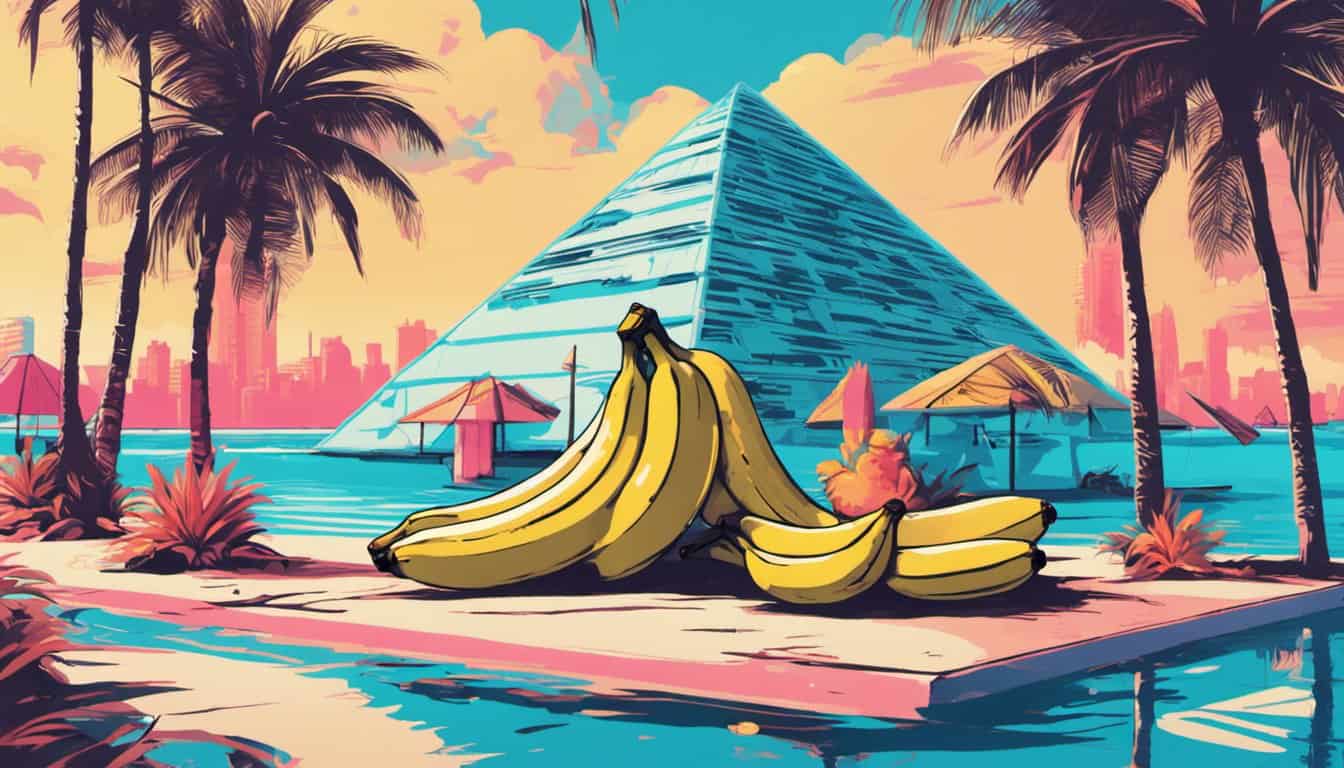
One important thing to note about this story with the Gros Michel is that it is often over-blown.
As Mark Twain once said: “The reports of my death are greatly exaggerated”.
This banana isn’t extinct. There are still crops out there. But, its disappearance from the market has led to the false tale that it became extinct all those years ago. There are lots of bananas that aren’t extinct, yet we are focused on Cavendish.
Why is it that we can have a range of apples, pears, and tomatoes but only one type of banana?
If we weren’t so reliant in just one species we could see more variety and more sustainability.
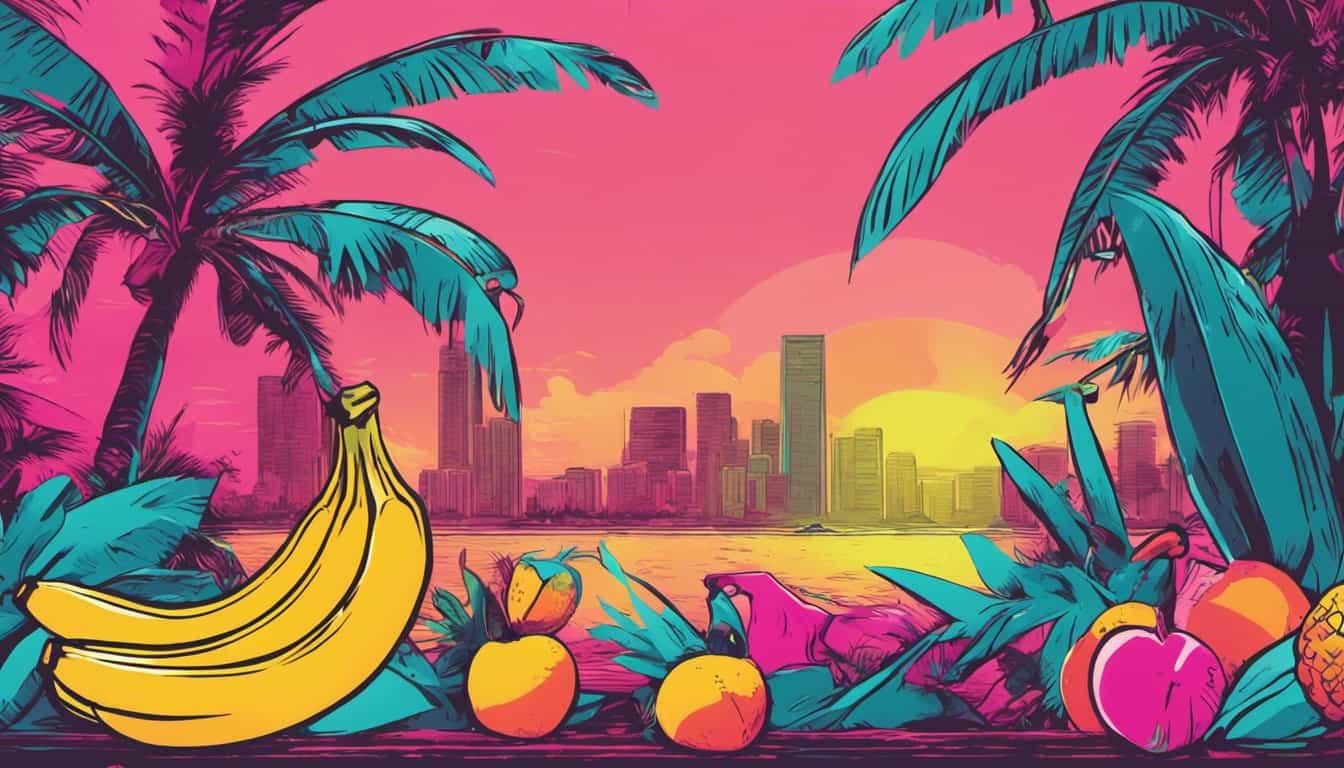
An additional problem here is that this would then lead to a higher price for our bananas. Will the average consumer be prepared to pay more now to save the banana for generations to come?
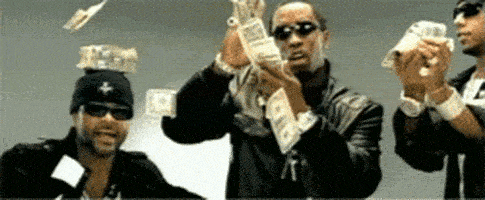
Or maybe we should just all start growing our own Gros Michel bananas in a greenhouse and go back to basics?
There has to be a type of banana in the hundreds of varieties that exist that would be a viable alternative that we can grow sustainably. They may be more expensive and have a different taste, but we would still have bananas.
How about changing the way that we farm bananas?
A final option suggested by researchers at the University of Cardiff suggests simply changing the way that bananas are farmed.
Right now, there is too much reliance on the monoculture approach where it is bananas and nothing but bananas.
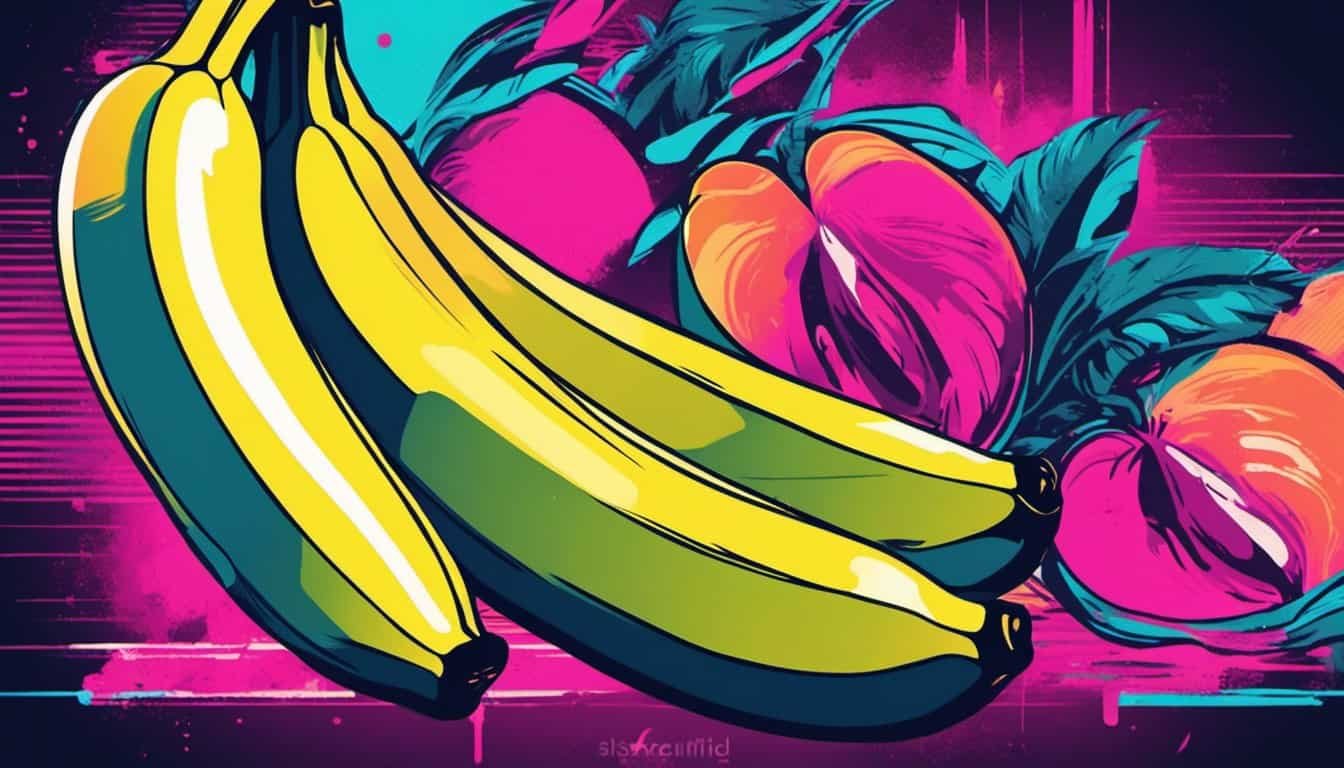
Some suggest adding bananas to farms where this is a greater diversity of crops. This could allow for greater protections for the bananas from a direct attack from the fungus.
But, this is where we get the issues of increased costs to the consumer. Diverse farms mean less space for bananas and smaller yields. This will then have an impact on supply and farmers will need to increase costs.
This is then reflected in what we pay at the grocery store. Still, it isn’t hard to argue that we don’t pay a fair price for our fruit as it stands.
Bananas aren’t doomed while we still have options on the table.
Each idea can seem extreme to someone in this debate. The point is that there are options out there.
The other issue here is that we have been talking about this risk for nearly 20 years and done little about it. It is a familiar mentality.
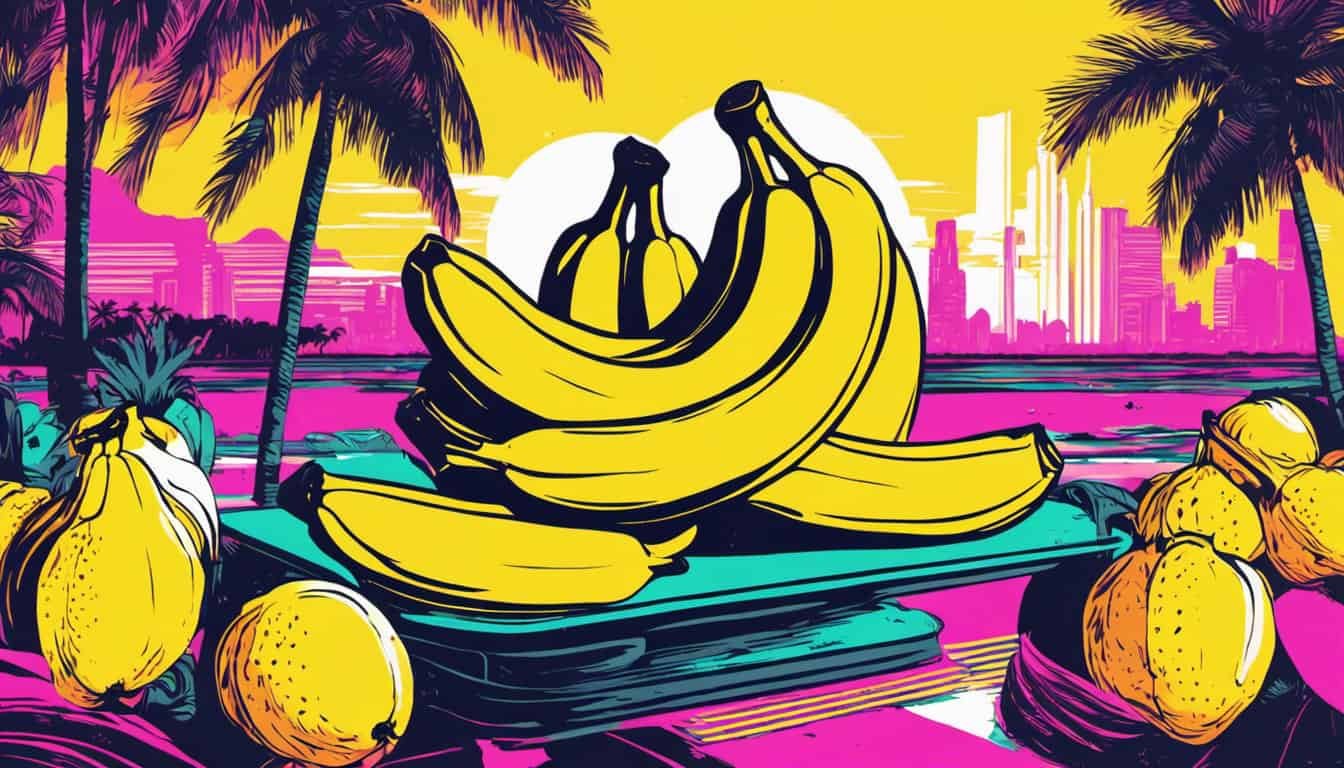
It seems that every time the issue of extinction is raised it is soon ignored until the virus spreads further. Without action soon, there will be nowhere else for it to spread and it will have a more obvious impact on banana stocks.
There won’t be so many bananas in the grocery store. You might not be able to find a bunch to keep in the kitchen. Your toddler may be on an artificial banana-flavored food instead.
Will bananas go extinct?
In short, no the banana more generally is not going extinct. Commercially extinct? Maybe.
Actually extinct with no remaining plants in the world? Probably not. There are different crops out there that are still grown and will survive these diseases with the right protection.
However, that doesn’t mean that we shouldn’t rethink our approach to how we grow and import bananas. If we become more open to bringing in other crops and protecting the Cavendish with genetic engineering, we don’t have to lose it at all.
This is where we remain at crossroads
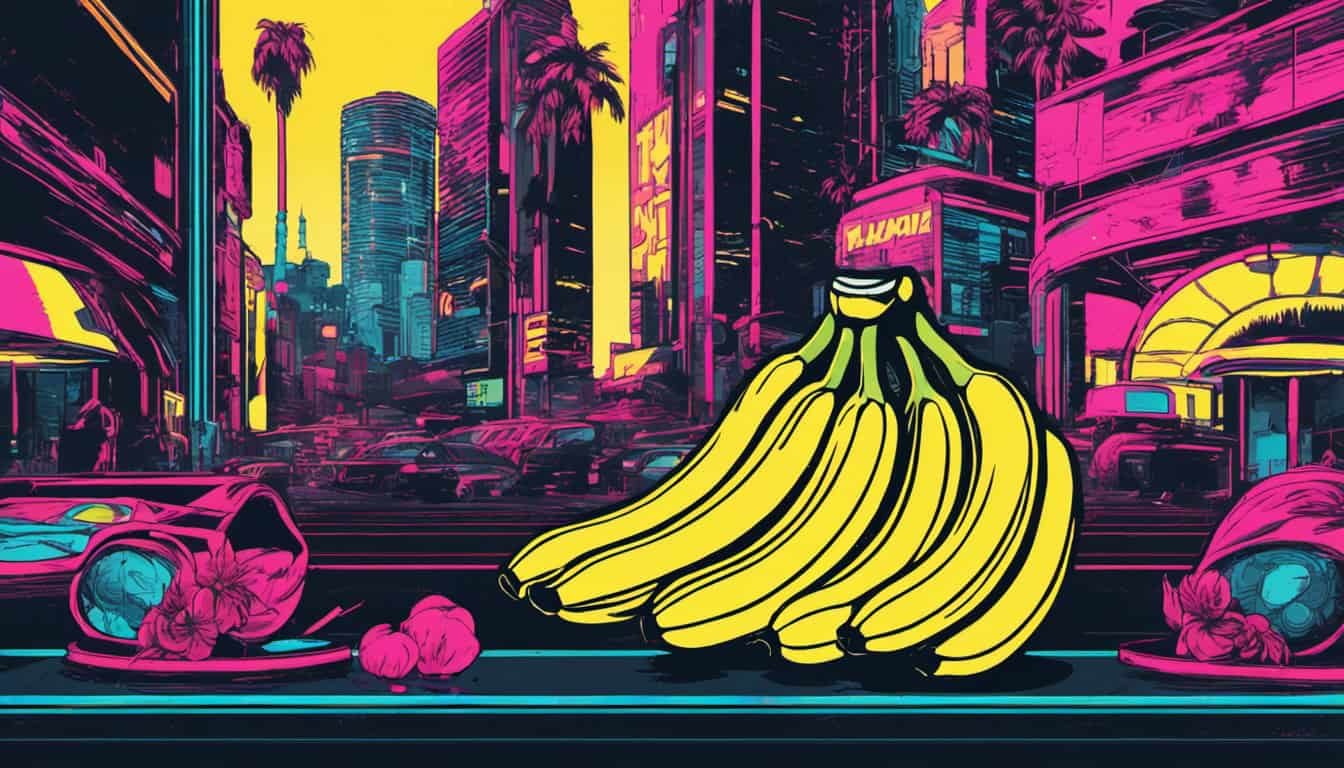
As consumers, we don’t want to see the banana we are used to disappearing from the shelves so there is interest in conservation efforts.
Yet, there is resistance when those efforts mean genetic modification and higher prices. Eventually, we will have to make a choice if we want to keep getting all the benefits of this great fruit.
Either we adapt the Cavendish banana to maintain a viable population and consumer market or we continue with our current habits and let it become a nonviable option.


